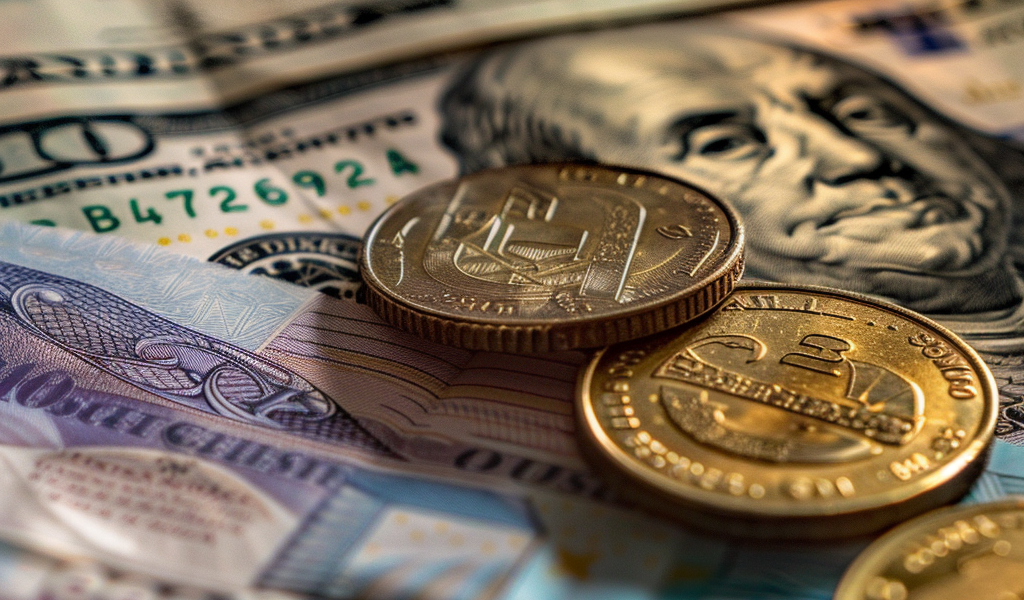The Israeli shekel is experiencing significant depreciation against major currencies, particularly the US dollar and the euro, driven by escalating tensions along the northern border following a tragic incident in Majdal Shams. On Saturday, a Hezbollah rocket attack resulted in the deaths of 12 children, intensifying fears of a potential conflict.
As of the latest inter-bank trading data, the shekel has weakened by 1.59% against the dollar, now standing at NIS 3.739/$, and by 1.50% against the euro, trading at NIS 4.053/€. This decline follows a notable adjustment made by the Bank of Israel on Friday, which set the representative shekel-dollar rate up by 0.739% at NIS 3.680/$ and the shekel-euro rate up by 0.721% at NIS 3.993/€.
Kobby Levi, the head of markets strategy at Bank Leumi, noted that local sentiment has deteriorated over the past week. This shift comes after a period of optimism observed in the two weeks prior to the attack. The recent tragedy in Majdal Shams has heightened fears of retaliation, prolonged hostage negotiations, and the cancellation of significant deals, all contributing to a more volatile market environment.
Levi anticipates that the uncertainty surrounding the situation in the north will lead to continued fluctuations in the dollar-shekel exchange rate, predicting a range between NIS 3.6/$ and NIS 3.8/$, similar to trends seen over the past eight months. He emphasized that the current geopolitical climate is influencing market behavior, leading to increased volatility and cautious trading.
Yossi Fraiman, CEO of Prico Risk Management, Finance and Investments, commented on the potential for further depreciation of the shekel. He stated that while the initial shock of the attack has passed, the extent of future depreciation will largely depend on the Israeli government’s response and its implications. The market is currently capitalizing on the shekel’s depreciation for foreign exchange conversions, which indicates a strategic approach by investors amid the uncertainty.
Despite the current challenges, Levi maintains a long-term optimistic outlook for the shekel. He points to robust trade data and a surplus in the current account as indicators of the shekel’s underlying strength. Furthermore, he notes that the recent outflow of foreign investments appears to be driven by temporary factors rather than a fundamental shift in market dynamics.
In light of the recent declines in the US market, Levi does not expect an unusual reaction from the Israeli foreign exchange market. He explains that institutional entities have bolstered their liquidity balances and adjusted their foreign exchange exposure over the past 18 months, which has weakened the historical inverse relationship between the shekel and global market movements.
As the situation continues to unfold, market analysts remain vigilant in monitoring developments that may influence the shekel’s performance. The interplay of local geopolitical factors and broader economic trends will be crucial in shaping the currency’s trajectory in the coming weeks.





